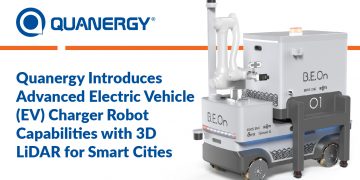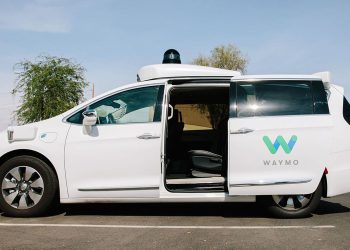Considering the fact that nearly every device and appliance we own has the capability to connect to the Internet of Things, it is no surprise then that sooner rather than later, cars would be included in the Internet of Things ecosystem. Connected cars are vehicles capable of communicating with, not just other cars, but also other smart devices present in a network.
Experts have estimated that 2020 is the year that will see the rise of connected cars on the road, and the numbers are proof. All the major car manufacturers have increased their efforts in creating different connected car options, resulting in nearly 400 million connected vehicles plowing the road at the dawn of the new decade. BMW, Toyota, General Motors, and Tesla are leading the pack in the connected car revolution and are set to change the way we travel our roads in the next few years.
But the idea of the “smart” connected car isn’t new. In fact, as early as the mid 90s, the idea was already present in the form of General Motors’ “OnStar”, a system created for the Cadillac line in partnership with Motorola. Now, over 2 decades later, the capabilities of the systems installed in connected cars makes the 90s OnStar look like it is from the stone age.
Today’s connected cars’ systems can do everything, from simple quality of life improvements like helping the driver find the closest parking spot, to addressing major concerns like real-time engine diagnostics with the manufacturer.
The vehicles of today can be connected in a couple of ways. First is using an embedded connection that uses an antenna that is installed into the vehicle itself, controlled by a specific chipset with a specific set of capabilities. The other is via a tethered connection, which allows the connected car to connect to a driver’s smartphone, which in turn is what connects to the internet. These systems, like Android Auto and Apple Carplay, are readily available in most manufacturers’ connected car options. These systems can provide everything from directions to music and more.
Soon, cars will even utilize some sort of artificial intelligence systems, the most accessible of which are options like Amazon’s Alexa or Google’s Google Assistant. This will keep the drivers’ hands on the wheel at all times while still being able to do other tasks. In addition, vehicle to vehicle communications could vastly increase driver safety and reduce chances of everything from simple fender benders to major total wrecks. Not only that, vehicle to vehicle (V2V) systems can make autonomous driving much more viable, and could possibly, one day, remove driver error.
All of these will result in much safer vehicles and lower insurance premiums, which is a win-win for all parties involved.
However, there is a darker side to the connected cars idea that needs to be addressed: cybersecurity threats. Being connected to the IoT poses a risk for not just the vehicles, but the drivers as well. If the systems that govern the car’s connectivity aren’t secure, crucial data such as location, VIN numbers, and others can easily be stolen and used by malicious parties. What’s more, the possibility of taking control of an autonomously driving vehicle is definitely present, and while there aren’t any cases of that happening just yet, it is certainly a risk that needs to be addressed by manufacturers.
It will still take some time for connected cars to become the norm, but it is an inevitable change. Hopefully, with the pros outweighing the cons (for now) connected cars will vastly improve everyone’s lives and perhaps be the next great revolution when it comes to transportation.

for developers and enthusiasts







